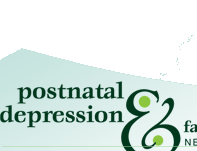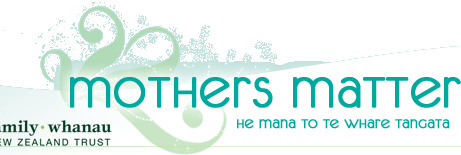 |

Medication in Lactation
This section is written for medical professionals.
Consider the following
- All the commonly prescribed psychotropic medications used in the treatment of mood disorders (antidepressants, mood stabilisers, neuroleptics and benzodiazepines) are lipophilic (fat soluble) and, therefore, pass into breast milk.
- The measurement of the effects on the infant of medication via breast milk is fraught with difficulty. The dose of medication that a breast-fed baby is exposed to is complex to calculate, though this has been done for many medications. For the antidepressants, neuroleptics, benzodiazepines, Carbamazepine and Sodium Valproate, the doses to which the infant is exposed are extremely small.
- The capacity of the neonate, particularly if it is premature, to excrete and metabolise medications is reduced. Caution is therefore needed, especially in an infant under two to three months old, or with medications which are given repeatedly and have a long half life.
- There are few studies which either measure or calculate infant exposure, or which report clinical effects.
- Clinical reports indicate that the infant is at greater risk of either withdrawal or toxicity if the mother is taking medications at the time of delivery rather than when breast feeding.
- Exposure to the medication may be reduced by supplementing breast with bottle feeds, particularly when one would expect higher milk concentrations (30-90 minutes after peak maternal plasma concentrations). At this time the mother could express milk to be thrown away. As the infant is increasingly introduced to other foods from about the age of four months, the potential problems of adverse effects become less and less.
- Although, generally, the doses to which the infant is exposed are extremely small, these are medications which act on the nervous system and it is not known what the effects on a developing brain might be.
- It is necessary to weigh this potential risk against the known benefits of breast feeding and the detrimental effects of psychiatric illness on the development of the infant and other children in the home.
Risk Catagories
L1 Safest:
Drug which has been taken by a large number of breast feeding mothers without any observed increase in adverse effects in the infant. Controlled studies in breast feeding women failed to demonstrate a risk to the infant and the possibility of harm to the breast feeding infant is remote. Or the product is not orally bio-available to an infant.
L2 Safer:
Drug which has been studied in a limited number of breast feeding women without an increase in adverse effects in the infant. And/or, the evidence of a demonstrated risk which is likely to follow use of this medication in a breast feeding woman is remote.
L3 Moderately Safe:
There are no controlled studies in breast feeding women, however the risk of untoward effect to a breastfed infant is possible; or, controlled studies show only a minimal non-threatening adverse effects. Drugs should be given only if potential benefits justify the potential risk to the infant.
L4 Relatively Hazardous:
There is positive evidence of risk to a breastfed infant , or to the breast milk production, but the benefits to the breastfeeding mother may be acceptable despite the risk to the infant (eg if the drug is needed in a life threatening situation or for a serious disease for which safer drugs cannot be used or are ineffective).
L5 Contraindicated:
Studies in breast feeding mothers have demonstrated that there is significant and documented risk to the infant based on human experience, or, it is a medication that has a high risk of causing significant damage to an infant. The risk of using the drug in breast feeding women clearly outweighs any possible benefit from breast feeding. The drug is contraindicated in women who are breastfeeding an infant.
|
 |






